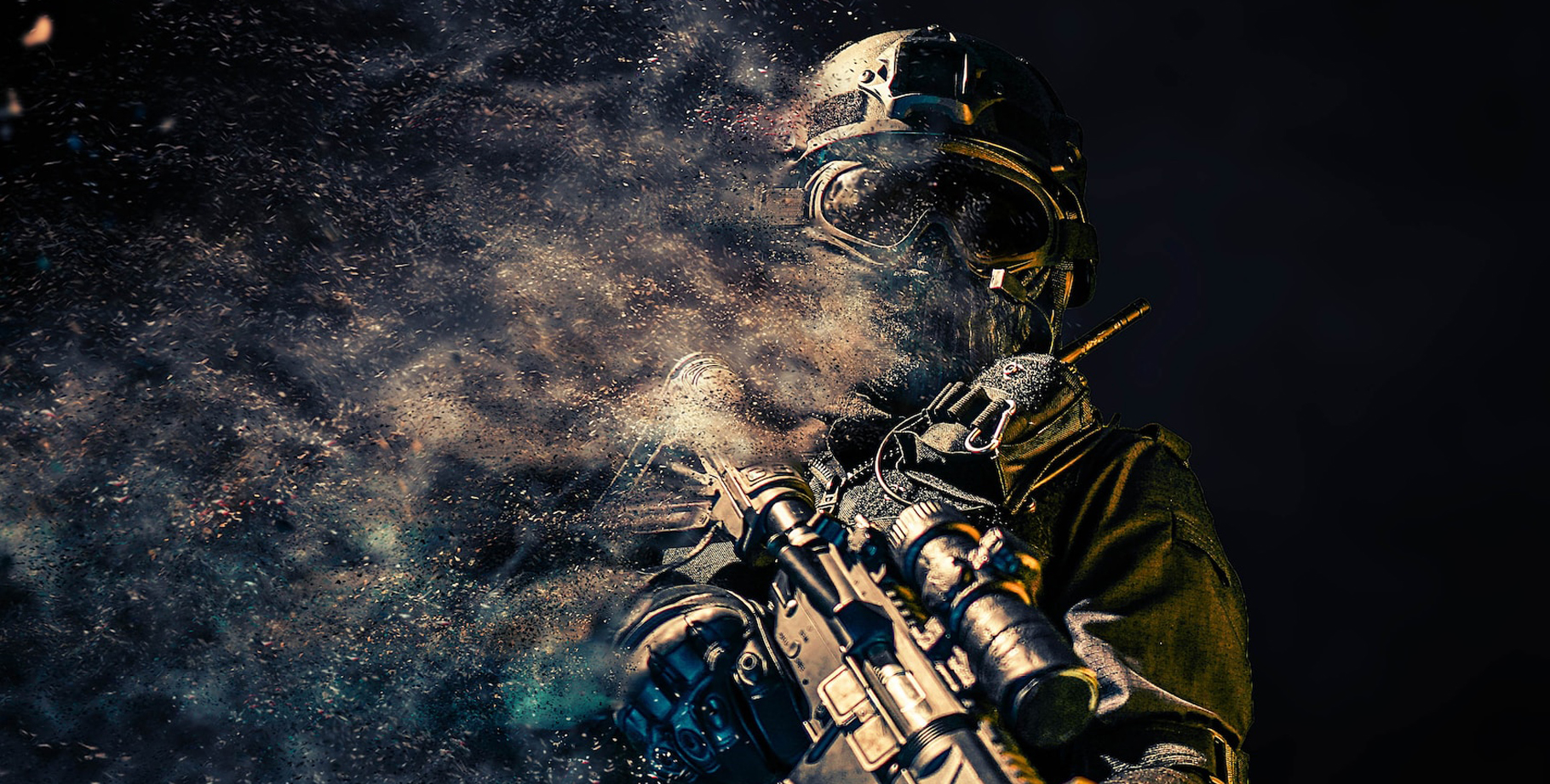XR has the potential to enhance training, situational awareness, mission planning, and remote collaboration in defense operations. Here are some key roles of XR in defense:
XR Sense provides a range of Extended Reality (XR Sense) solutions for use in Defense organizations, including hardware, software and services.

XR can provide realistic and immersive training environments for military personnel. VR simulations can replicate complex battlefield scenarios, allowing soldiers to practice tactical maneuvers, decision-making, and teamwork in a safe and controlled setting. AR can overlay virtual information onto the real world, enabling soldiers to train in realistic environments while receiving real-time data and instructions.
XR technologies can enhance situational awareness on the battlefield. AR devices, such as headsets or helmet-mounted displays, can overlay important information, such as maps, enemy positions, and mission objectives, directly onto the soldier’s field of view. This augmented information enables soldiers to have a comprehensive understanding of the battlefield and make informed decisions in real-time.
XR can assist in mission planning and visualization for military operations. By using VR or MR, defense personnel can create virtual replicas of target areas, terrain, and structures. This allows them to simulate and visualize mission scenarios, analyze potential risks, and develop effective strategies before executing the operation.
XR facilitates remote collaboration and support for defense personnel. By leveraging AR devices, soldiers in the field can connect with remote experts who can provide real-time guidance, intelligence, and situational updates. Remote experts can use AR overlays to annotate live video feeds or provide visual instructions, improving communication and decision-making in critical situations.
XR technologies can assist in maintenance and repair tasks for military equipment and vehicles. AR can overlay digital information and instructions onto physical equipment, guiding technicians through complex repair procedures. This helps reduce downtime and improves the efficiency of maintenance operations in the field.
XR can be utilized for post-mission analysis and debriefing. VR can recreate virtual battlefield environments based on data collected during operations, allowing commanders and soldiers to review and analyze their performance. This enables the identification of strengths, weaknesses, and areas for improvement, ultimately enhancing training and operational effectiveness.
XR can also contribute to the defense of cyber networks. By visualizing complex network architectures, security protocols, and potential threats, XR technologies can help cybersecurity experts analyze and respond to cyber threats more effectively. It can provide a visual representation of network traffic, anomalies, and vulnerabilities, enabling proactive defense measures.
